What is Man-Made Fiber?
Man-made fibers are fibers whose chemical composition, structure, and properties have been significantly modified during manufacturing. Many consumer and industrial products are made from man-made fibers, including garments such as shirts, scarves, and hosiery; home furnishings such as upholstery, carpets, and industrial parts such as tire cords, flame-proof lining, and drive belts. Chemical compounds that produce man-made fibers are called polymers, which are long, chain-like molecules with large molecular weights and sizes. Polymers that make up man-made fibers are similar to those that makeup plastics, rubbers, adhesives, and surface coatings. It is true that polymers like regenerated cellulose, polycaprolactam, and polyethylene terephthalate have become household names such as rayon, nylon, and Dacron (trademark), and are also used to produce non-fiber products such as cellophane envelope windows and clear plastic soft drinks. In addition to their strength and toughness, these fibers are resistant to heat and mildew and can hold a pressed shape. In this article, I will describe flow-chart of man made fiber in a simple way.
Flow-chart of man made fiber

A brief description of flow chart is given below:
Raw materials:
Man-Made Fibers consist of polymers, which are long-chain molecules formed by chemical processing. Synthetic fiber is a material made from polymers. This fiber is not cultivated as a natural fiber. Synthetic fiber is produced by combining different types of monomers. As a result of the polymerization process, a long polymer chain is generated. Then, the filament is produced through various spinning processes. Today, different types of synthetic fiber are available in the market due to their low prices. On the other hand, man-made fibers have many negative environmental effects.
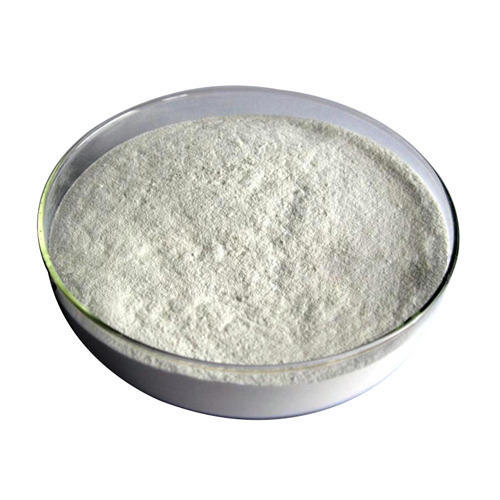
Polymerization:
The process of forming macromolecules from repeated units is known as polymerization. Polymerization reactions are generally activated and controlled by various parameters, such as pressure, temperature, catalysts, and stabilizers. Polymerization degree refers to the number of repetitive units and is an important parameter when determining fiber properties. Because the length of each single molecule varies according to a statistical model, the degree of polymerization or the corresponding molecular weight is taken as an average. Depending on the fiber type, the degree of polymerization may range from a few hundred units for polymers formed by condensation (PA, PES) to several thousand units for polymers formed by polyaddition (PAN, PP).
Spinning:
In order to convert polymers into fibers, they must first be converted into liquids or semi-liquids, either by being dissolved in a solvent or by heating until molten. During this process, the long molecules are separated from one another, allowing them to move independently. As a result, liquid is extruded through small holes in a spinnerets device, resulting in a solid rod with all the characteristics of a very long fiber or filament. this process known as spinning. There are three types of spinning of man-made fiber. They are:
- Dry Spinning
- Wet Spinning
- Melt Spinning
Drawing and Stretching:
As of yet, the polymer extruded by spinnerets in filaments does not have the characteristics typical of textile fibers: as a matter of fact, the polymer mass ) contains disorderly molecular chains resulting in poor thermal and chemical stability, low aging resistance, high plasticity and deformability, and therefore inadequate physical/textile properties. In order to crystallize natural fibers, we must first orient the molecular chains in the direction of the fiber axis, and then activate or increase the intermolecular arrangement.
Texturing:
In filaments, the texture is created by producing crimps, loops, coils, or crinkles. Several examples of changes in the physical form of fiber impact the hand and behavior of fabrics made of those fibers. It refers to the characteristics perceived by the sense of touch when a fabric is held in hand, such as drapability, softness, elasticity, coolness or warmth, stiffness, roughness, and resilience. Several texturing processes are available for continuous yarns used for apparel, either in a textile factory or by the fiber producer. A producer-textured yarn is one in which the yarn has been treated with a texture by the manufacturer. The majority of apparel texturizing techniques are high-speed operations. Running large towing is processed at lower speeds, but at a higher volume is possible.
Interlacing:
In this technique, the inner filament is entwined instead of twisted in order to impart cohesion. A twisting method is used instead of twisting the fiber. An intermingling jet (nozzle) is used to entwine filaments by passing them under light tension through its turbulent zone.
Heat setting:
The process involves successively heating and cooling fibers or yarns in dry and moist conditions to impart dimensional stability. In order to achieve the glass transition temperature (Tg), the fiber is heated until the temperature Tm > Tg. In this temperature range, lateral bonds within the fiber are disrupted, and polymer chains can shift. After the fiber/yarn/fabric is cooled, it is held under tension until the shapes are locked into the fiber molecular structure.
Finishing:
Man-Made Fiber’s spin finish provides surface lubrication, plasticization, and static protection. It is applied fluidly to the yarn just before winding. In order to form staples, cut pieces according to the requirements (4-20 cm).
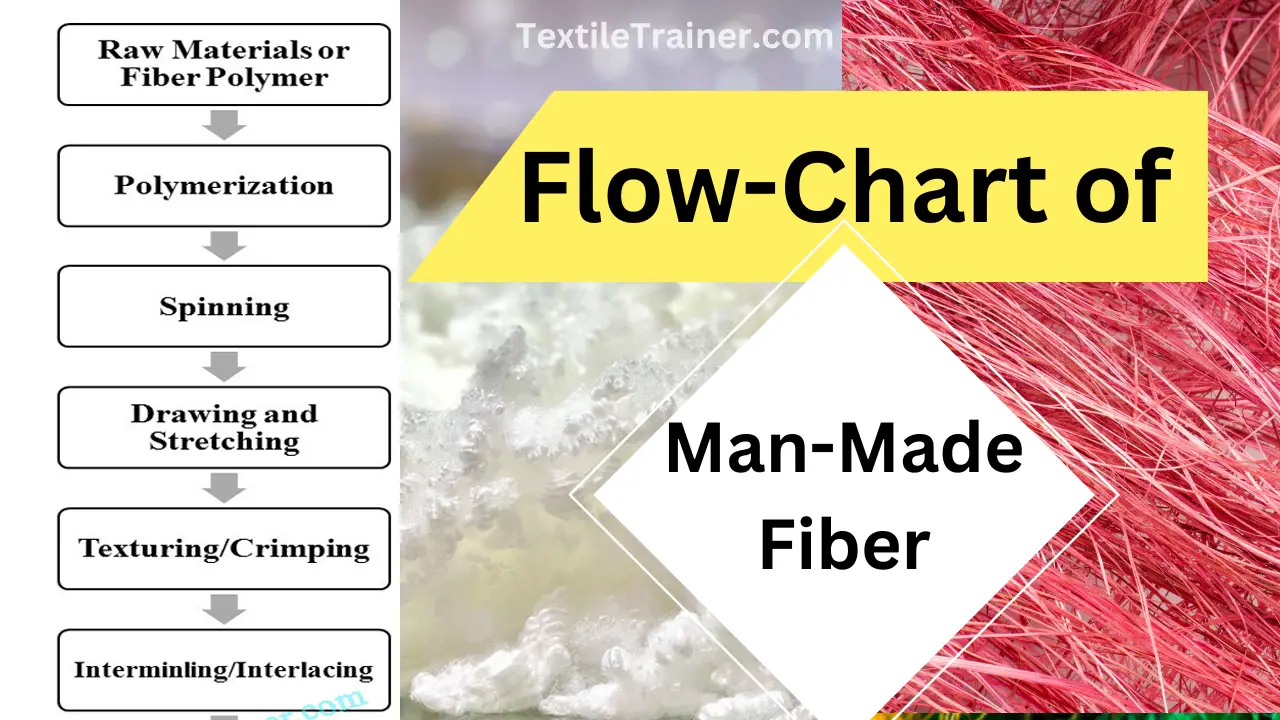


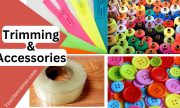
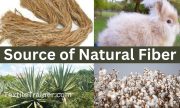

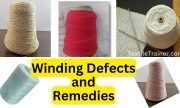
1 thought on “Modern Flow-Chart of Man Made Fiber is Described Easy Way/Polymer to Man Made Fiber”